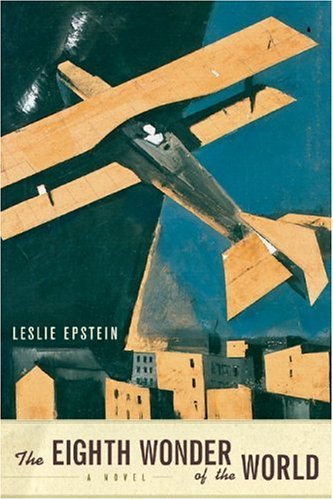The Eighth Wonder Of The World
Think Umberto Eco and Louis de Bernières for the tone, tongue-in-cheek use of language, and somewhat fantastical plotting that makes up The Eighth Wonder of the World. Max Shabilian leaves the U.S. for Italy in 1936 to become the assistant of famed architect Amos Prince. Mussolini has announced plans for a monument to commemorate his victory over Ethiopia, and Amos and Max are the selected duo who will make this happen. They begin work on a tower that they intend to be the tallest in the world, but when World War II breaks out, complications arise. Amos’s son Frankie is a Blackshirt; his daughter Nina is madly in love with Max; his daughter Aria has caught the eye of Mussolini and his son, Bruno; Amos himself is obsessed with his project; while Max, walking in privileged circles, wrestles with his concern for his fellow Jews. In 2005, Max, now in his nineties, travels with his granddaughter to Italy to confront the ghosts of that long-ago time.
With its political statement, innovative story, and quirky characters, this is not an effortless read. There were times when I could only manage a handful of pages before needing to take a break. But the novel grew on me, perhaps because it is so intricately plotted. Its tragedy creeps up on you because of its light-hearted veneer. Savouring Epstein’s descriptions, I could imagine Rome in the Mussolini era, and the liberal sprinkling of Italian throughout the dialogue, along with extreme versions of Italians speaking English and Americans speaking English, succeeded in helping to set the stage. Definitely an original.










